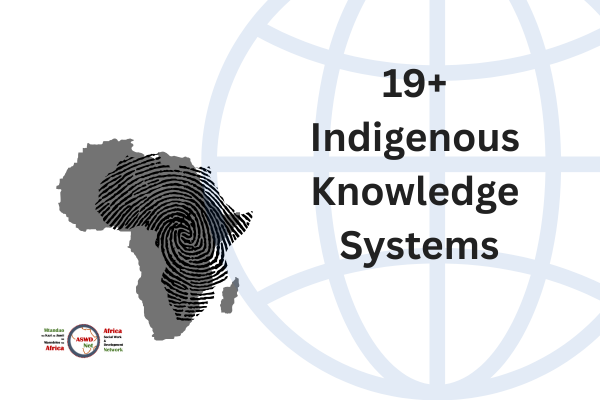Baliano
Baliano (plural is mabaliano) is a method of consultation or research where one (or more) person goes around seeking opinions from a selected category of people until consensus or agreement (baliano) is reached. The process goes like this: (1) an issue or problem is noted or realised but it is not possible to create a dare or indaba. (2) those who have noted or realised the issue or problem identify a responsible and relevant person to carry a message (ujumbe) to a category of people, for example, leaders, opinion leaders, parents, children etc. This person that is send is called the mjumbe or messenger and those sending him or her are mtumaji. The person receiving the message is mpokeaji (3) a message is created usually in the form of questions, suggestions, list of things to be selected etc (4) first round – the message is taken to each person selected and the messenger records their feedback (5) the messages are taken back to the senders who will determine where consensus has been reached or not. Senders adjust the message (6) round 2 – the messenger takes the message back to the selected people, pointing where consensus has been achieved and not and changes made. The messenger records feedback again and takes back to the senders. There can be more rounds until consensus is reached. A maximum of four rounds is recommended otherwise more rounds can be interpreted as coercion. Consensus varies, it can be 50% to 100%. The researcher chooses what consensus level that is suitable for their project. (7) The final message is shared. It is important to note that the messenger is send, he or she only carries a message.
To ensure the process and findings are stronger, there are many strategies that could be used including running a baliano at different levels (e.g village, then community), or across different groups (female then female), age groups or if appropriate, you can run rounds at national or global level.
To report results, show the total number of messages, it could be as low as one. The number of rounds and the number of mpokeaji at each round. Show the number of ujumbe that was agreed and disagreed. Use qualitative quotes from mpokeaji to support responses that were made.
Discover more from Africa Social Work & Development Network | Mtandao waKazi zaJamii naMaendeleo waAfrika
Subscribe to get the latest posts sent to your email.



